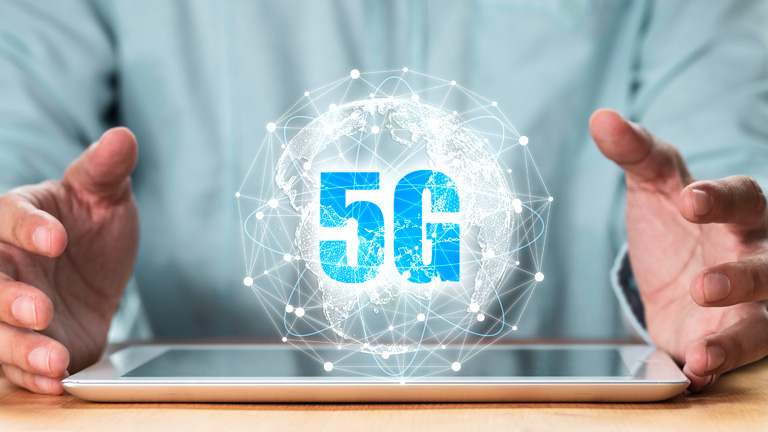Optimizing the potential of 5G

Optimizing the potential of 5G
Smart devices have found their way into all aspects of our lives – from smart watches to medical wearables and more. With technology enabling human-to-machine and machine-to-machine interactions, people are able to enjoy convenient access to work and entertainment anytime, anywhere, with unprecedented mobility and unparalleled quality. This interaction would not have been possible without high-speed, low-latency and reliable connections. 5G technology enables smart mobile and other types of devices to remain ‘ever-connected’, and empowers users to realize the benefits of eMBB (enhanced mobile broadband), URLLC (ultra-reliable low latency communications), and mMTC (massive Machine Type Communications) technology.
However, there are several challenges that must be addressed in the early stages of 5G product development. Effective power consumption and thermal management must be implemented to overcome high-frequency signal loss over long distances. The position and size of antenna modules must be optimized to allow multiple antennas to operate in compact devices. Other issues can include transmission-line effects and antenna effects on neighboring connectors, and the impact of high-current transmission capacity on signal transmission paths, just to name a few.




